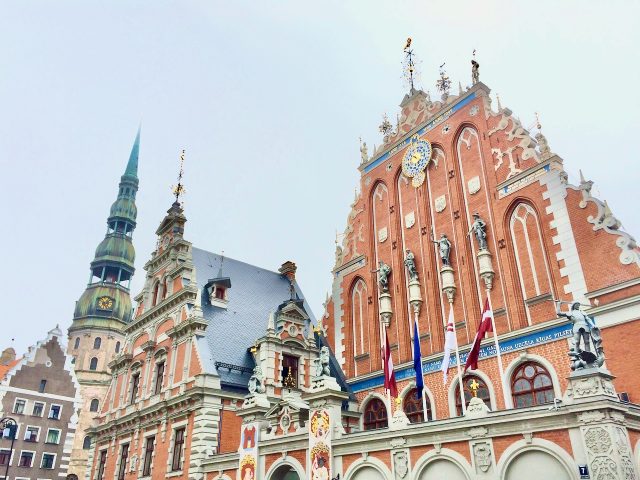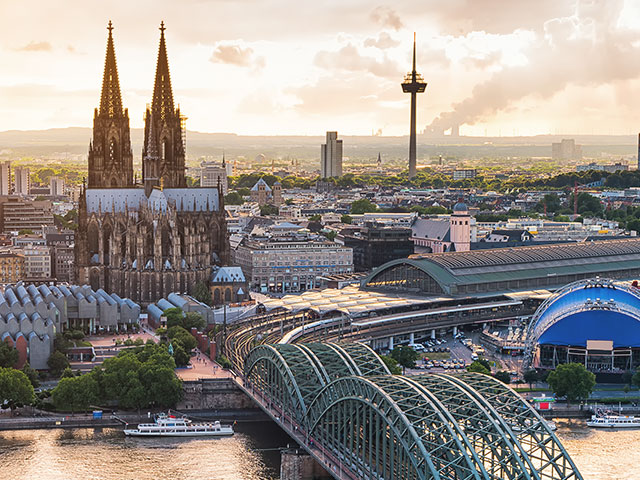 Atlantic Islands of Galicia National Park (also know as Parque Nacional das Illas Atlánticas or Parque Nacional de las Islas Atlánticas) is
a 84.8 km²
national park located on the western coast of Galicia. This National Park is the only one in Galicia and the 10th most visited in Spain. Its important isn't only for the awesome landscapes but also for its flora and fauna diversity, with more than 200 different species of seaweed, seabirds and mollusca. Currently it isn't inhabited (but Ons island) but has some campsites to spend the night.
Atlantic Islands of Galicia National Park (also know as Parque Nacional das Illas Atlánticas or Parque Nacional de las Islas Atlánticas) is
a 84.8 km²
national park located on the western coast of Galicia. This National Park is the only one in Galicia and the 10th most visited in Spain. Its important isn't only for the awesome landscapes but also for its flora and fauna diversity, with more than 200 different species of seaweed, seabirds and mollusca. Currently it isn't inhabited (but Ons island) but has some campsites to spend the night.How do I arrive to Atlantic Islands of Galicia National Park?
- Boat: there are 4-5 daily boats from Vigo, Baiona and Cangas to Cíes Islands (aprox. 1 hour). There are also ferries to Ons island from Sanxenxo, Portonovo, Pontevedra and Bueu (aprox. 45 minutes), daily during summer and just on weekends the rest of the year. It's very important booking on advance the ferry. Sálvora can be reached from Bueu and O Grove and Cortegada from Vilagarcía de Arousa
History
What can I visit in Atlantic Islands of Galicia National Park?
- Cíes Islands: archipielago compounded of the islands of Faro, Monteagudo and San Martiño (unacessible). The two first islands are connected by a sandsplit and currently is inhabited, although in summer thousands of people arrive here to enjoy its beauty, specially Rodas Beach (considered by some the best beach in the world). There are at least 4 routes within the island.
- Mount Faro Trail (8.3 km): this path is the most popular among tourists. The routes zigzags till reaching Mount Faro (174 m), where having excellent views of the San Martiño island and the cliffs, and reaches Cíes Lighthouse.
- Porta Lighthouse Trail (5.5 km): route that gets into the southern part of the island till arriving to the small Porta Lighthouse. It gets through the largest colony of yellow-legged gulls in the world, where there are more than 15,000 of these birds. It's also close to calm Viños Beach.
- Alto do Príncipe Trail (3 km): trail that gets into the western part of the island, arriving to Alto do Príncipe Viewpoint, that has great views of the islands' cliffs.
- Monteagudo Trail (5.6 km): route that goes to the north of the island through a beautiful eucalyptus forest till Monteagudo Lighthouse, going close to Figueiras Beach. Once arrived to the end of the route birdwatchers can enjoy many shags that are settled here.
- Ons Island: 5.6
km long island with a tiny village, beaches and cliffs, ruins and rich
bird life. Currently it's inhabited by 70 people, most of them living in O Curro (Curro in Spanish). It's a bit less touristic than Cíes Islands but less
attractive too. There are at least 4 routes within the island.
- South Ons Trail (6.4 km): round path that gets into the southern part of the island, visiting some nice beaches such as Area dos Cans Beach and Canexol Beach. It reaches O Buraco do Inferno and Fedorentos Viewpoint, with astonishing views. It starts at O Curro where its old church, hórreos and school can be seen.
- North Ons Trail (7.6 km): largest route in the island that reaches the north and west part of the island. One of its highlights is Punta Centulo Viewpoint, not only for its landscape but also shags colonies (the access to the this point is forbidden till the end of July because of that). It goes next to nudist Melide Beach.
- Ons Lighthouse Trail (3.6 km): trail that explores the center of the island and gets to Ons Lighthouse (from 1926), one of the largest in Spain.
- Ons Castle Ruins Trail (1.3 km): shortest trail in the island that gets to Ons Castle Ruins, remains from the Peninsular War. It has nice views too.
- Sálvora: this 2 km long island is the less known and visited in the National Park. It has two trails: a Sálvora Lighthouse Trail (1.2 km), a round trip that reaches Sálvora Lighthouse; and the Aldea Trail (1.3 km), a short hike to Sálvora (abandoned village that can just be visited in a guided tour). At wonderful Almacén Beach (beach that has the statue of a mermaid linked to a local legend) there's the Sálvora Drying and Salting Fish Factory, a pazo-like factory that made the island have 70 inhabitants on its better days. The island has cliffs on its coast and some other beautiful beaches like Dos Bois Beach.
- Cortegada: 3.2 km long island just 200 m far from the nearest part of land. It also has two trails, both of them round: a trail that allows to discover the island's forest, Cortegada Inner Trail (2.3 km) and one on its perimeter with views to ría de Arousa, Cortegada Perimeter Trail (3 km). This island has the largest laurel forest in Europe (the Laurel Forest of Cortegada), the abandoned village of Cortegada and Cortegada Shrine.








 15:57
15:57
 Banknotemaniac
Banknotemaniac
 Posted in:
Posted in: 



